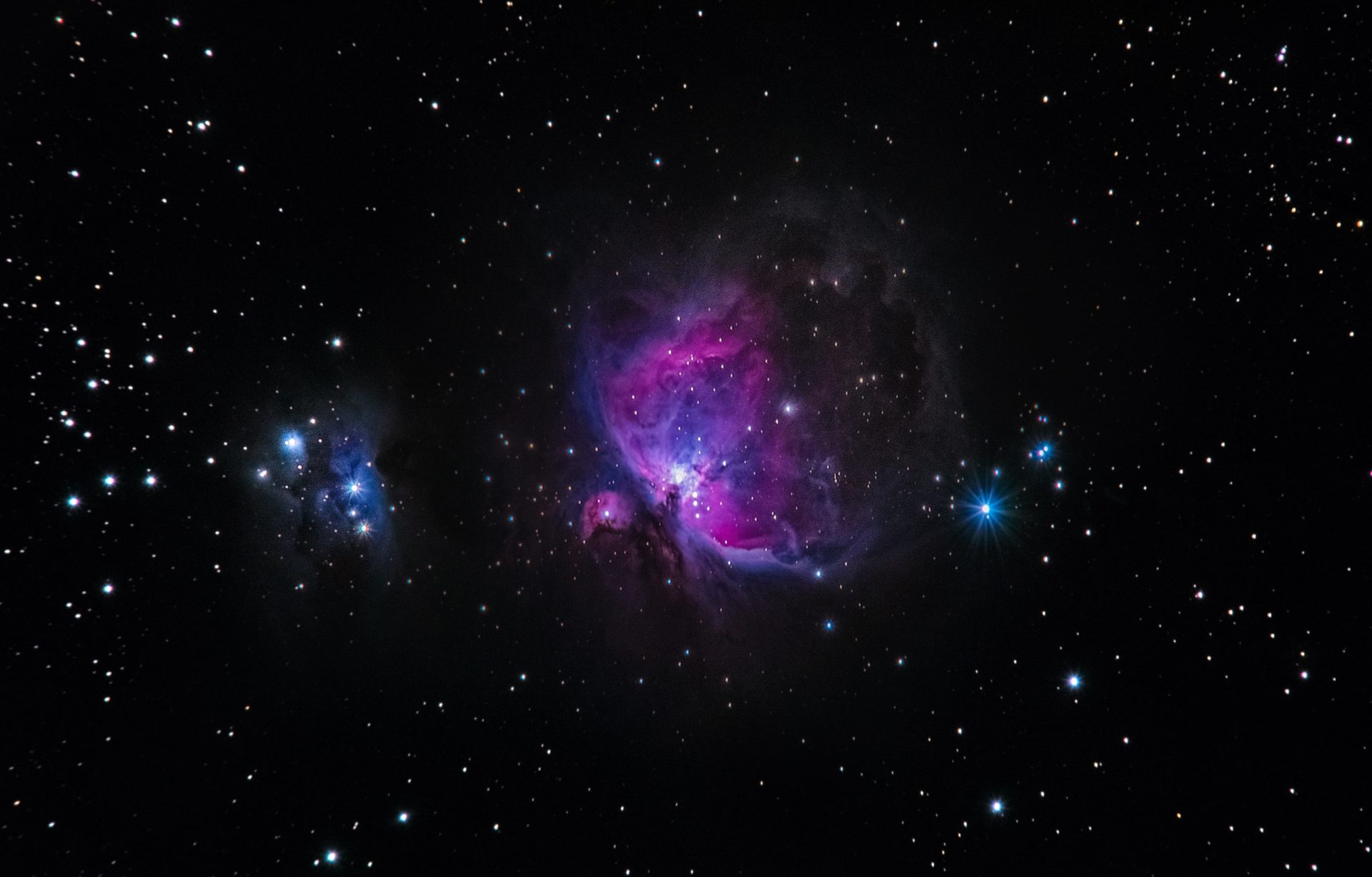
Photo by Alexander Andrews on Unsplash
Fusion and following the star
Early in the morning of December 5, researchers at the National Ignition Facility in California focused 2.05 megajoules of laser light onto a tiny capsule of fusion fuel sparking an explosion that produced 3.15 megajoules of energy—the equivalent of about three sticks of dynamite. Assuming the data from this experiment is confirmed, scientists have for the first time achieved “ignition”—a fusion reaction that propagates, producing more energy than the energy it took to start the process.
This breakthrough, announced December 13 at a news conference in Washington, D.C., represents what officials say is a significant milestone in the decades-long effort to harness nuclear fusion, an energy source that has the potential to create abundant clean electricity.
“Fusion holds the tantalizing promise of plentiful, carbon-free energy, without many of the radioactive headaches of fission-driven nuclear power, wrote Daniel Cleary in Science. “But getting hydrogen ions to fuse into helium and release energy requires temperatures of millions of degrees Celsius—conditions that are hard to achieve and sustain.”
While the promise of fusion energy is decades off, the wonder of this success is upon us now. In the words of Washington Post columnist, Megan McArdle, “As you might already have heard, you are literally made of stardust. Most of the atoms in your body were forged in the core of some ancient sun, as lighter elements fused into heavier ones; you are the vicarious survivor of star fire and supernovas. Now your species is making stars—tiny ones to be sure, and very ephemeral, but nonetheless we are inching toward mastering the very process that made our world. This shift from product to producer would be wondrous even if it didn’t hold out hope for an energy revolution as profound as the shift from horsepower to fossil fuels.”
McArdle’s words echo the refrain of “Woodstock,” the popular Joni Mitchell song: “We are stardust, we are golden, we are billion-year-old carbon.” We are made of the stuff of stars. Now we are making stars, tiny and ephemeral.
“It appears to me that your moral progress lags behind your scientific progress, your mentality outdistances your morality, and your civilization outshines your culture” wrote Martin Luther King, Jr. in Strength to Love. “Therefore, I would urge you to keep your moral advances abreast of your scientific advances.”[i]
Overlapping the news of this scientific advance is the church’s annual retelling of the ancient biblical story of visitors from the east who came to Jerusalem, saying, “Where is the child who has been born king of the Jews? For we observed his star in the east and have come to pay him homage.” (Matthew 2:2)
The magi—like us the vicarious survivors of star fire and supernovas—made their way to Bethlehem and found Jesus whom Christians believe to have been with God in the beginning creating all that is and all that will be. “All things came into being through him, and without him not one thing came into being.” (John 1:3)
“The magi followed the star to Bethlehem and found what they were looking for,” wrote Marvin McMickle in The Christian Citizen. “In the same manner, we need to follow Jesus, because he knows how to get us to where we want to go. Jesus knows how to get us to a more just society. Jesus knows how to get us to the Beloved Community.”
The key to keeping our moral advances abreast of our scientific advances is keeping our scientific advances in view of the incarnation and God’s good intentions in creation. The key to finding our way to a more just society—to the Beloved Community—is Jesus.
So again, this Christmas, bankers, bus drivers, accountants, shopkeepers, cooks, waiters, students, teachers, preachers, politicians, artists, scientists, soldiers—survivors of star fire and supernovas—once more will follow the star to Bethlehem, to the one who created the stars, and you, and me, and so much more.
The views expressed are those of the author and not necessarily those of American Baptist Home Mission Societies.



